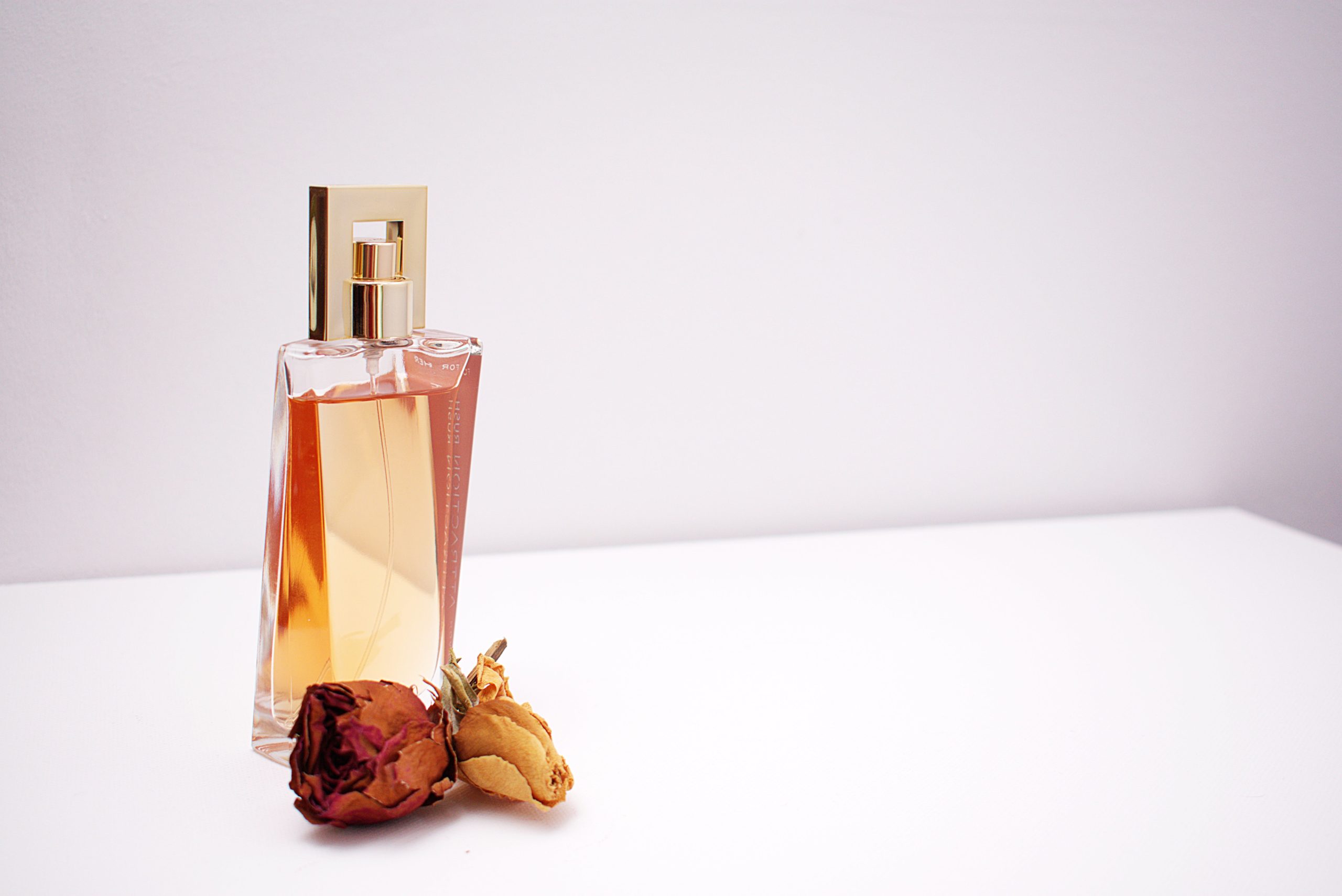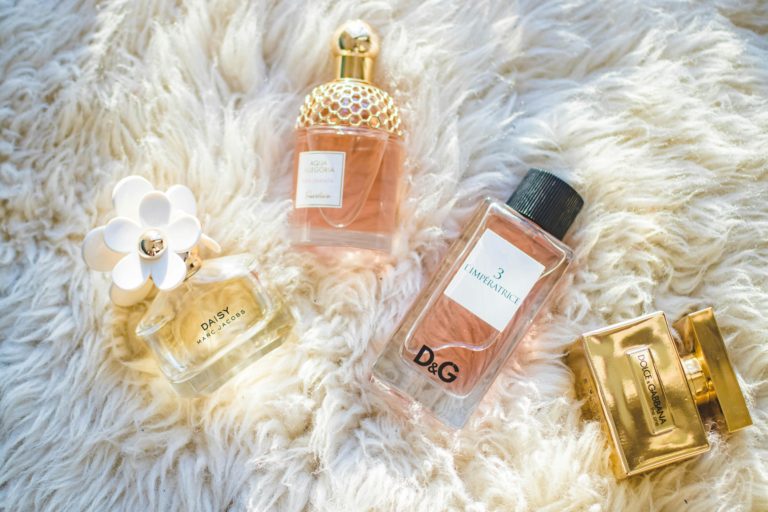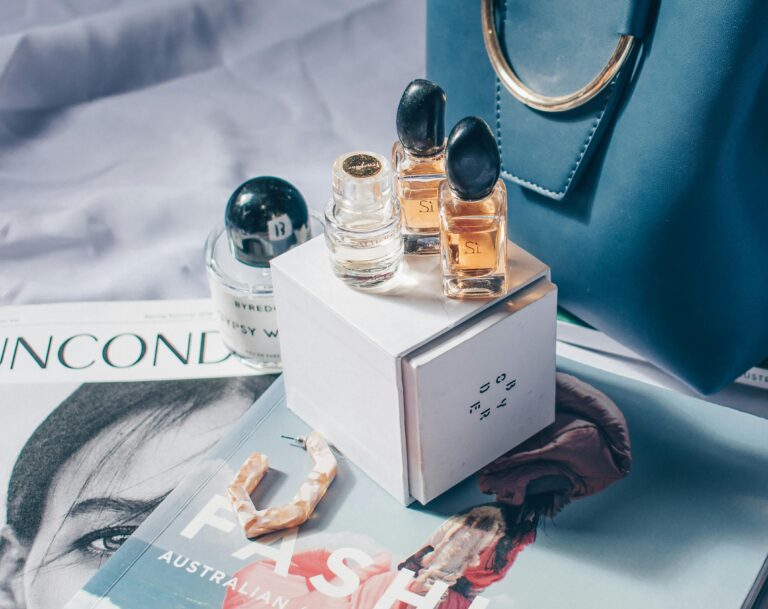Perfume, an olfactory symphony that speaks volumes without words, is not just about the fragrance it holds but also the vessel that houses it. The perfume bottle design is an art form in itself, marrying aesthetics, functionality, and the essence of the fragrance within.
In this exploration, we’ll delve into the meticulous world of perfume bottle design, examining the key elements that make these vessels not just containers but artistic expressions that enhance the entire olfactory experience.
The Aesthetics of Perfume Bottle Design
Perfume bottles are more than mere vessels; they are visual representations of the fragrance they hold. A well-designed perfume bottle captures the essence of the scent and sets the tone for the entire olfactory experience.
Consider the iconic Chanel No. 5 bottle designed by Coco Chanel herself in collaboration with master perfumer Ernest Beaux. Its simple, rectangular shape and minimalist label reflect Chanel’s commitment to elegance and simplicity. The bottle’s clear lines and timeless design have made it an enduring symbol of sophistication.
In contrast, the playful and whimsical design of Viktor & Rolf’s Flowerbomb bottle, shaped like a multi-faceted grenade, adds a touch of drama and intrigue to the fragrance. The aesthetics of perfume bottle design play a crucial role in conveying the personality of the fragrance and attracting consumers.
The Role of Innovation in Perfume Bottle Design
As with any art form, innovation is a driving force in the evolution of perfume bottle design. Perfumers and designers continually push boundaries to create bottles that not only house the fragrance but also become iconic in their own right.
One notable example is the “In Love Again” perfume bottle by Yves Saint Laurent. Designed by renowned artist and designer Jean Nouvel, this bottle is a work of art with its asymmetrical shape and bold use of color. The bottle’s design is as avant-garde as the fragrance itself, demonstrating how innovation can elevate the entire perfume experience.
Additionally, technology has played a significant role in modern perfume bottle design. From interactive packaging to smart bottles that monitor usage, the integration of technology adds a layer of sophistication and novelty to the traditional art of perfume bottle design.
Symbolism and Significance
Perfume bottle design goes beyond aesthetics; it often carries symbolism and significance deeply connected to the fragrance it houses. The choice of materials, colors, and shapes can convey the story behind the scent and evoke emotions.
For instance, the Angel perfume by Thierry Mugler comes in a star-shaped bottle, symbolizing celestial and ethereal qualities. The deep blue color of the bottle represents the night sky, reinforcing the mystical and enchanting nature of the fragrance.
In some cases, designers draw inspiration from cultural elements. The iconic Shalimar bottle by Guerlain, with its elegant fluted shape and sapphire stopper, is inspired by the fountains of the gardens of Shalimar in India. The bottle design transports the wearer to a world of exoticism and romance, enhancing the overall sensory experience.
Sustainability in Perfume Bottle Design
In recent years, there has been a growing awareness of environmental sustainability, and the perfume industry is no exception. Perfume bottle designers are now incorporating eco-friendly materials and sustainable practices into their creations.
Brands like Stella McCartney have embraced sustainability in perfume packaging. The Stella McCartney POP fragrance, for instance, features a bottle made from 100% recycled glass, demonstrating a commitment to reducing the environmental impact of luxury goods.
Sustainable perfume bottle design not only aligns with the values of environmentally conscious consumers but also reflects the industry’s response to global concerns about climate change and waste.
The Future of Perfume Bottle Design
As we look ahead, the future of perfume bottle design holds exciting possibilities. With advancements in technology, sustainable practices, and a continuous quest for innovation, the world of perfume bottles is set to undergo further transformation.
One trend to watch is the rise of customizable perfume bottles. Some brands are offering consumers the opportunity to personalize their fragrance bottles, from engraving their names to selecting bottle colors and materials. This shift towards personalization adds a unique and intimate dimension to the perfume bottle design, allowing consumers to connect with their scents on a more personal level.
Moreover, the integration of digital elements into perfume bottle design is an emerging frontier. Smart bottles equipped with NFC (Near Field Communication) technology or augmented reality features may soon become commonplace, providing consumers with additional information about the fragrance, exclusive content, or interactive experiences.
Conclusion
The art of perfume bottle design is a captivating journey through creativity, innovation, and symbolism. From the timeless elegance of classic designs to cutting-edge technology shaping modern creations, each perfume bottle tells a story beyond the fragrance it contains. As sustainability and personalization become integral to the industry, the future promises even more exciting developments in the world of perfume bottle design.
FAQs
Q1: How does the shape of a perfume bottle affect the fragrance?
The shape of a perfume bottle can influence the perception of the fragrance. For example, a classic, elegant bottle may suggest a timeless and sophisticated scent, while a more avant-garde design might hint at a bold and contemporary fragrance.
Q2: Are sustainable perfume bottles as durable as traditional ones?
Sustainable perfume bottles can be just as durable as traditional ones. Many brands prioritize the use of high-quality recycled or eco-friendly materials to ensure both sustainability and longevity.
Q3: Can I refill a perfume bottle with a different fragrance?
It’s generally not recommended to refill a perfume bottle with a different fragrance, as residual scents can linger and alter the new fragrance. Additionally, some bottles are designed for a specific fragrance and may not be suitable for reuse.



